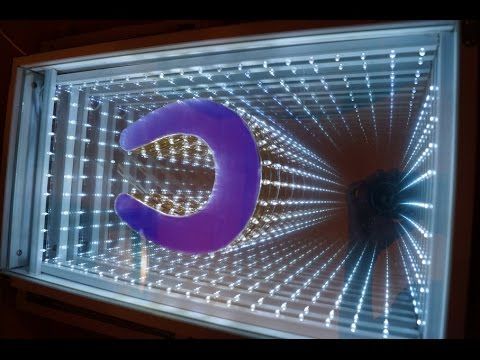In most cases, the mirror is used in the interior of the premises. It is placed in different rooms. Usually such a product is always in the hallway and bathroom. Such an interior item allows a person to look at themselves and evaluate their appearance
In addition, the mirror surface is able to visually expand the space and make it brighter. Also, such an accessory will harmoniously fit into different interior designs of rooms. What is a mirror?
What is a mirror
The content of the article
- What is a mirror
- How to make mirrors
- The main types of mirrors
 What is a mirror? This is an interior item with a reflective surface that allows you to consider objects and living things. Such a product is an excellent decoration for your home, office or room.
What is a mirror? This is an interior item with a reflective surface that allows you to consider objects and living things. Such a product is an excellent decoration for your home, office or room.
The mirror surface of an oval or square shape has been popular with women for centuries. Previously, girls not only admired their beauty, decorated the house with mirrors, but also performed magic rituals. The accessory is multifunctional and does not lose its popularity to this day.
The main feature is a clear reflection and a perfectly flat surface. Typically, the thickness of the product is from 2 to 10 mm. At the back it is covered with a protective layer to prevent deformation of the glass. The reflective surface is covered with silver or gold film on top, which creates a reflective effect.
Remember! In shape and size, the subject can be the most diverse: large / small, even / curved, simple / decorated.
How to make mirrors
 The basis for the manufacture of the product is glass. It is polished with a special silver or gold chemical solution. A thin, reflective film forms on the glass, which creates the desired effect. All the work is performed by special equipment that evenly applies liquid to the glass surface.
The basis for the manufacture of the product is glass. It is polished with a special silver or gold chemical solution. A thin, reflective film forms on the glass, which creates the desired effect. All the work is performed by special equipment that evenly applies liquid to the glass surface.
When creating the first mirrors, the craftsmen glued a reflective film to the glass surface with mercury. This was far from the safest way to make the product, however, for a long time it could decorate different houses. Today, in the manufacture of accessories use silver fluid made from Rochelle salt and formaldehyde.
The main types of mirrors
 On the shelves you can find a wide variety of mirror accessories. To know their purpose, you should familiarize yourself with what types they are divided into:
On the shelves you can find a wide variety of mirror accessories. To know their purpose, you should familiarize yourself with what types they are divided into:
- In shape - curly, oval, square, round.
- According to the parameters - large, medium, small.
- According to the material - silver, aluminum.
- By the method of placement - floor, wall, cosmetic, built-in.
A mirror is an indispensable attribute of any house / apartment. It perfectly complements the interior design, allows you to visually expand the room and make it brighter. In addition, such an item will help assess your appearance and get ready for a street or work.


